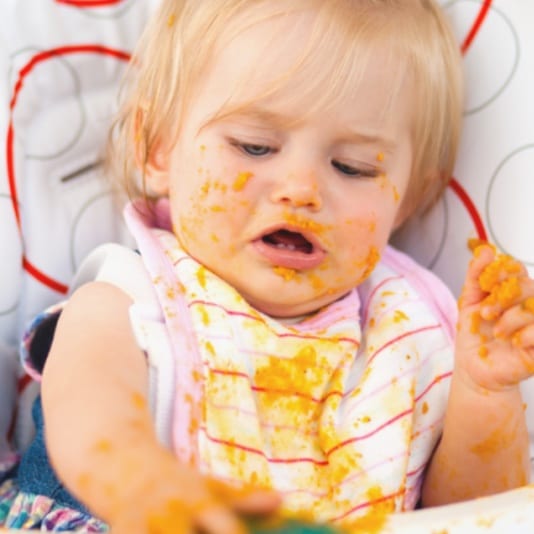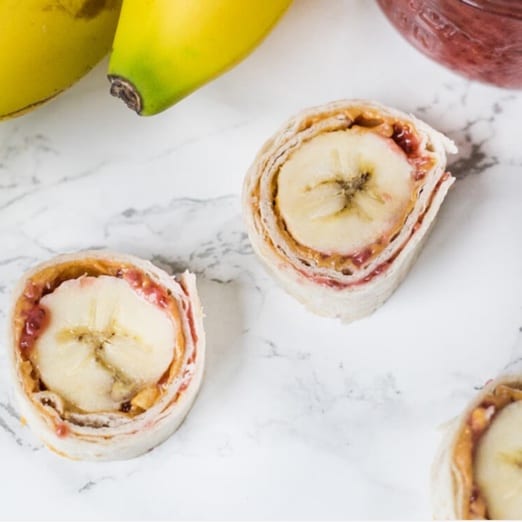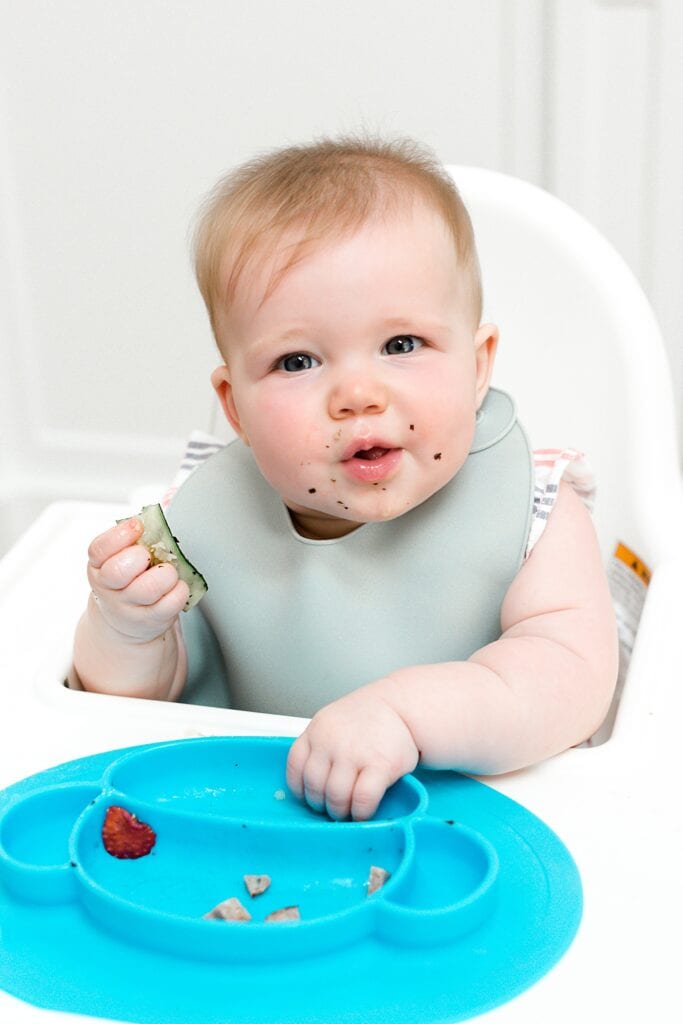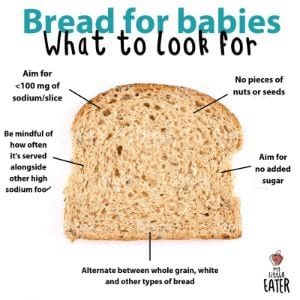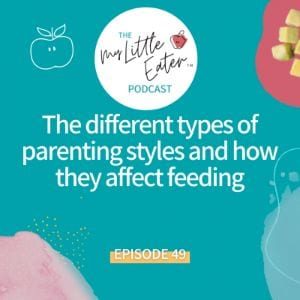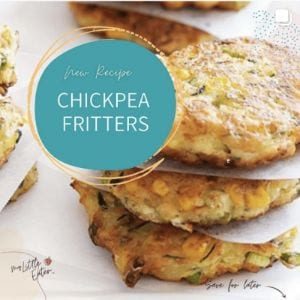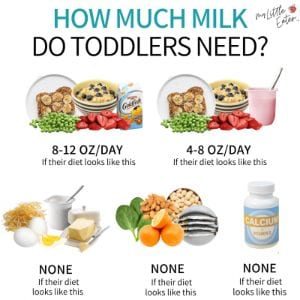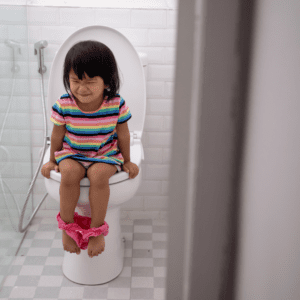
Ever notice how normal it is for moms to talk about their children’s poop? I’ll be honest, when I became a mom I had no idea how often poop could come up as the topic of conversations. I mean, I’m not even phased by it anymore. I’m talking colour, consistency, frequency, the whole nine yards. Now, before I totally make you think I’m crazy, let me tell you – poop is so important! And it’s something you’ll likely get comfortable with (or be forced to get comfortable with after a few diaper changes). This is actually a good thing, because poop can help tell you if your child is able to digest foods properly, and if their body is working properly to help eliminate anything it doesn’t need.
So, what happens when things aren’t working the way they should? Your child ends up getting “backed up”, causing constipation. And that’s no fun for them, or for you! Constipation can be painful, unpleasant, and stressful for everyone involved. When your child becomes constipated, this can affect their ability to eat, and their overall feeling of wellness. In fact, it can become a serious health issue if steps aren’t taken to help prevent it. That’s why today I want to share some important tips on how you can help prevent, or manage constipation so your child can stay happy, healthy, and continue to thrive.
What is constipation?
Constipation is defined as having dry, hard stools that can be painful and difficult to pass. You may notice your child straining, or pushing down, while using the bathroom and, as you can imagine, this can be really painful for them! It can be made even worse when they’re hesitant to go to the washroom once they know this. Usually, you’ll notice them avoiding bathroom breaks or holding it in when you know they have to go. Once they get in the habit of doing this, this can actually stretch out the muscles in the colon and make the constipation even worse – so we want to help alleviate this before it becomes a more serious problem!
When we talk about how many times children should be having a bowel movement, the average is typically 1-2 times per day for 1-3 year old, and 1 time a day for children over 3 years old. Although frequency is important, it isn’t necessarily a tell-tale sign of constipation if your child’s bowel movements are different than these averages. When you think about constipation, I want you to focus more on the consistency of the stool (hard, lumpy, dry) instead of frequency (goes X amounts of times a day), because really, every child can be slightly different. If you aren’t sure what consistency of stool to look for, the Bristol Stool Scale is a great comparison resource that you can use to determine if their bowel movements could mean they are constipated. Type 1 and 2 is what you’ll see in constipation most of the time.
Acute vs chronic constipation
Acute constipation begins suddenly, with the symptoms I mentioned above being noticeable fairly quickly, and is usually diagnosed after two weeks of abnormal bowel movements.
Chronic constipation on the other hand, stretches over a longer period, typically over an 8 week period where your child will start to show different bowel movements than before, but nothing sudden or definite early on.
The typical culprit of chronic constipation is when it just becomes too painful for them to try to go to the bathroom, and they end up holding it because they’re nervous. Usually, acute constipation can be resolved by following the tips I dig into below, however, with chronic constipation more help may be needed from your pediatrician or doctor.
Culprits of constipation
There are many different reasons your child may become constipated, some of which are simple and can be corrected at home with a few changes. However, some are more behavioural and take a bit more work. Some reasons your child may become constipated include:
- A diet with low fiber and fluids
- A diet that has a lot of processed foods with low fiber, like white bread or rice, salty foods, soda, etc.
- Incomplete bowel movements, or holding them in (school aged kids or toddlers tend to do this at daycare/school if they are nervous or uncomfortable)
- Not enough physical activity or movement throughout the day
- Allergies or intolerances to certain foods (most commonly associated with dairy products)
Does constipation happen to babies, toddlers, or both?
Babies are less likely to become constipated because their diet up until 6 months is all liquids – breastmilk and formula are both a great source of hydration and pre/probiotics which keeps things working normally! Newborn babies dirty a lotttttt of diapers, so if they become constipated it should be fairly obvious if they aren’t having bowel movements as much as usual. After they are about 3 weeks old, you’ll notice diaper changes decrease, but this is normal, and as long as no other symptoms are present, doesn’t necessarily mean they are constipated. After a few months, breastfed babies, for example, can go many days without a bowel movement and still be perfectly healthy and happy! Although it isn’t common for them to get constipated often under 6 months old, sometimes they do, typically because of an allergy or intolerance to either something in the mother’s diet that passes into the breastmilk (definitely not very common, but possible!) or a component of the formula they are eating. Chronic constipation in babies can also indicate another medical issue, and you should consult with your pediatrician or doctor for some help. Once they reach the 6 month milestone and start eating some solids, you might see acute constipation happen as their body adjusts to different foods being introduced. Also, as their fluid intake from breastmilk or formula decreases over time, you may see a period of constipation from this.
Toddlers are much more likely to become constipated, unfortunately! As they continue to get older and increase their variety of solid foods in their diet, you will definitely notice changes in bowel movements, including the frequency, consistency, and colour. As you start increasing their solid food, it can be difficult to make sure they get enough fluids on top of their meals – which can also contribute to constipation during this age range. And, if you have any experience feeding a toddler, you know how many of them can be the pickiest of eaters, refusing certain foods/food groups, or getting stuck in a food rut with the same food options and limited variety. Unfortunately, this can prevent them from getting enough fiber, like I mentioned before, and can cause constipation.
Tips for managing and preventing constipation
Now that you know more about constipation itself, we can move on to how you can take steps to avoid it, and actions you can take to treat it, to help your child get back to their happy self!
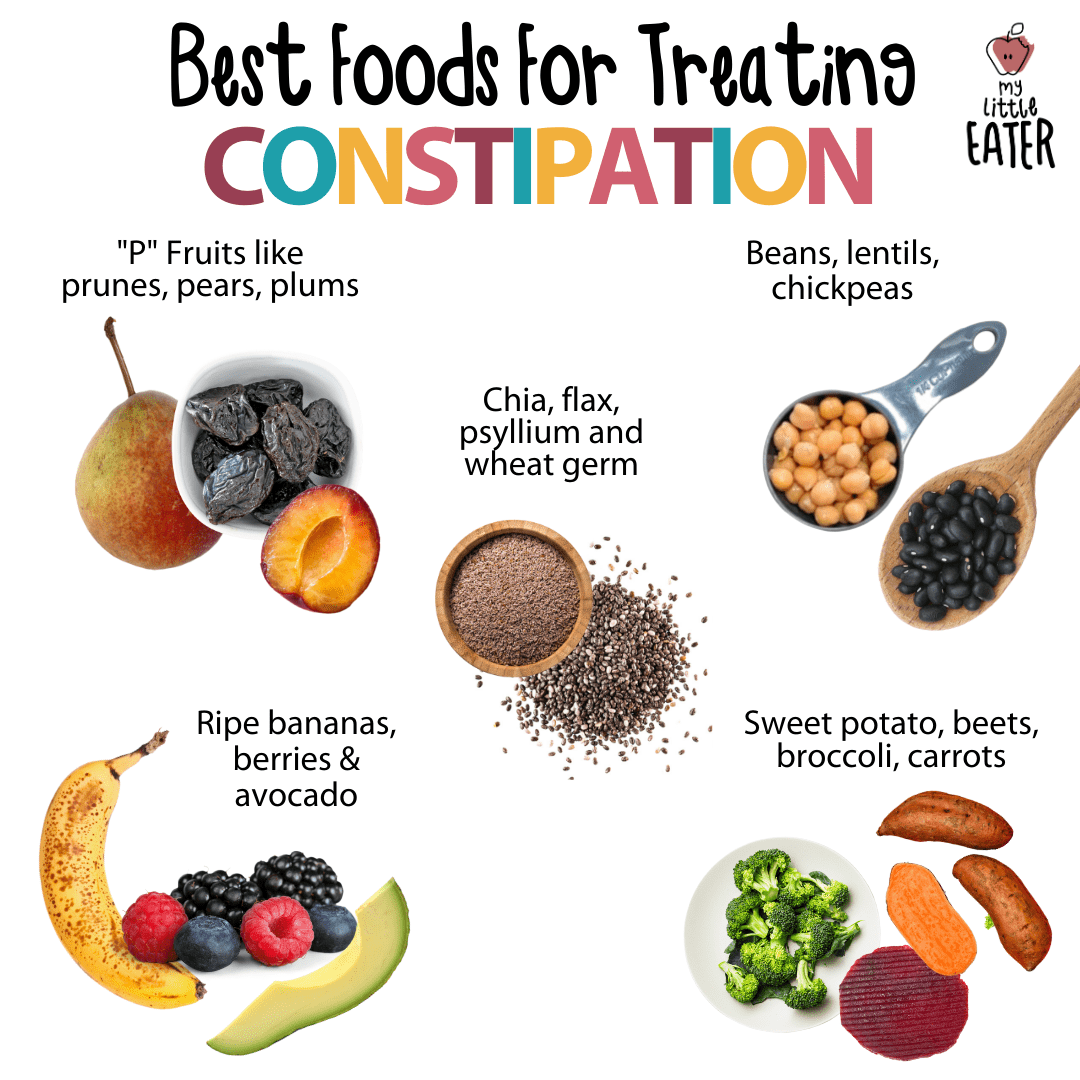
1. Use high fiber foods!
Foods high in fiber are amazing at helping get things moving again. Once fiber is digested, and makes its way into the GI tract, it holds water. This helps with motility in the gut and also helps soften stools. Aim to include at least one high fiber food in each of your baby/toddlers meals or snacks each day, especially during a bout of constipation. Some of the foods I personally love that are packed with fiber are:
- Prunes, pears, and plums (think “p” fruits) have been known to be one of the best ways to manage constipation for a long time. Not only do they have good amounts of fiber, but also a type of sugar called sorbitol, that works as a natural laxative that can help soften stools. You could offer these in slices, warmed up, and softened or mashed, depending on your child’s progression with foods.
- Vegetables – dark coloured veggies like beets, broccoli, carrots, and sweet potatoes are all great sources of fiber. Broccoli, carrots, and beets can all be steamed or roasted in the oven until soft, and served. Sweet potatoes are good baked, and can be served with the skin on to get the most fiber content.
- Fruits – berries like blueberries, raspberries, blackberries, and strawberries, as well as apples and exotic fruits like mango and guava, have the most fiber content. All of these fruits can be incorporated into smoothies, or served raw. If you are serving berries to a baby following baby led weaning, make sure to cut them into small enough pieces so that they don’t pose a choking hazard. Apple can also be a choking hazard, and should be softened by warming it up before offering. A quick note on bananas. Bananas do have great fiber content, and if you choose to serve them when your child is constipated, the ripeness of the fruit actually matters in this situation! Serve only yellow or ripened bananas, and avoid green, unripe bananas, as they have a lot of resistance starches and can be hard to digest.
- Beans and lentils – these are hands down my favorite for fiber content, as well as other beneficial nutrients! Beans and lentils are easy to incorporate in chili, soup, or casseroles. You could also mash beans up and put them on toast with avocado, or other toppings too. Hummus and other dips are fun and tasty ways to get them into your child’s diet too!
- Whole grains – whole wheat or sprouted grain breads, quinoa, oatmeal or bran cereal
- Avocado – surprising I know – just one of its many benefits! Avocado can be served sliced in long slices, mashed onto a piece of toast, or created into a guacamole dip.
- Seeds – chia seeds or flax seed (ground is most ideal for best digestion). Chia seeds are high in soluble fiber which soften stools more and make it easier for it to pass.
- Mix-ins – psyllium husks, or wheat germ, can be added to applesauce or oatmeal/baby cereals
Even though fiber is important, it’s also important to gradually increase it, instead of introducing a ton at once. And the reason I say this is because if your child goes from low fiber to high fiber super quick, they can experience gas or bloating which only leads to more discomfort for them. Also, equally important as increasing fiber is to increase water! If you do this, you will notice the benefits faster because there will be more water available to draw into the intestine to get things back to normal again!
Limit Constipating foods like processed foods and refined grains like cereals and rice, when your child is experiencing constipation which can help leave room in their diet for higher fiber food options, offering all those benefits you are looking for! Sometimes dairy can be an issue for children who have allergies/sensitivities or particularly if they are filling up on too much milk, which prevents them from getting in enough high fibre foods.
2. Hydration
Equally as important as including fiber in the diet is making sure they are getting enough fluid too! When I talk about hydration, it doesn’t only include water – remember breastmilk, formula, and even food can all help make sure they are getting enough fluids! My advice is to make sure water is available always throughout the day, be it in a water bottle or open lid cup. This way, this encourages them to grab a drink if they need it, and doesn’t involve you nagging them to do so every 5 seconds. When it’s meal or snack time, you can offer breast milk, milk, or formula, depending on their age, to help make up some of their daily fluid intake too.
As I cover in my Feeding Toddlers online course, although juice should be limited in your toddler’s diet, it can have a purpose as a “medicine” in this context. Prune juice, like whole prunes, still has the sugar sorbitol and has a natural laxative effect. My suggestion is to dilute 1 oz prune juice with 1 oz water to see if it offers any help. I would still limit it to ½ cup a day to follow current recommendations, and to prevent replacing other fluids as well.
If you notice that they are experiencing a bout of constipation, try to make an effort to include more hydrating foods in their diet. Vegetables, fruits, soups, popsicles, smoothies, and even yogurt, can all contribute to better fluid intake. Some fruits and vegetables that will offer more hydration include:
- Watermelon
- Cantaloupe
- Kiwi
- Strawberries
- Cucumbers
- Celery
- Grapes
3. Movement
Get them moving! Any movement, whether it be walking, jumping, playing hopscotch, or just tinkering around the neighbourhood. It is all beneficial to helping maintain a healthy gut, and move things through the GI tract more optimally. Usually this is a piece of cake with a toddler since we all know how busy they can be!
It’s probably a good thing that babies are less likely to be constipated, since they are limited to what sorts of movements they can do. Even a simple tummy time is considered movement for them, or you could try offering a tummy massage to help ease any discomfort. Gently massage their tummy in a clockwise direction, starting near the belly button, and alternating between larger and smaller circles over the whole belly. Doing this after offering a relaxing warm bath has been said to have the most benefit. You may have heard of the benefits of using the bicycle leg method on babies with gas, well this can work with constipation too! With your baby laying on their back, use your hands to move their legs in and out for about 5-10 minutes every day, similar to riding a bicycle.
4. Consider using a supplement
Probiotics are healthy bacteria that live in the gut that can help improve the health of the GI tract, and can play a huge role in developing constipation and diarrhea too. For many years, research has boasted about the benefits of probiotics for diarrhea, but now new studies have suggested that they have benefits for managing constipation too. There are no serious side effects, so it could be worth it to give them a try. My favorite probiotics I recommend in my Feeding Toddlers online course are: Garden of Life Probiotics or Culturelle Kids, both of which can be found in my Amazon shop.
Magnesium can also be recommended, because it helps stimulate muscle contractions, which can help get the bowels moving again. The supplement I recommend if you choose to start your child on this, is Naturally Calm. The recommended dose is ¼ tsp daily for 1-3 year old, and ½ tsp for 4-8 year old.
When should I worry? Should I consult a specialist?
If you have implemented these tips and are seeing your child get some relief, way to go Momma! Unfortunately, sometimes constipation can cause more trouble than we’d like, and can be almost impossible to treat without help. In this case, I highly recommend seeking advice from your doctor or pediatrician if the symptoms continue to cause discomfort or are worrisome. If you see blood in bowel movements, fever, vomiting, or other signs of discomfort, these are definitely reasons to seek help right away.
If you are having trouble including more fiber or fluids in your toddler’s diet, reach out to your dietitian and see if they can help you. Making sure they are getting enough fiber, for example, can be tricky with cautious eaters and could likely be made easier with the help of a dietitian who specializes in child feeding techniques.
Try these recipes!
Since fiber plays such a crucial part in preventing constipation, why not try a new recipe or two that has foods packed with it?!
Black Bean Burgers
makes 8 servings
- Olive oil
- 2 medium sweet potatoes – halved lengthwise
- ½ cup of uncooked quinoa
- 3 tbsp. ground flaxseed
- 2 tsp. ground cumin
- 1 tsp. Onion powder
- 1 tsp. Chili powder
- ½ tsp. Garlic powder
- ¼ tsp. Dried oregano
- ¼ tsp. Black pepper
- 1 15oz can black beans (no sodium added or low sodium)
- Preheat the oven to 400F. Spray the baking sheet with cooking spray, or olive oil, and place halved sweet potatoes cut side down. Poke with a fork a few times, bake until soft (about 30-35 minutes). Remove from the oven and cool for 5 minutes. Tip: Leave the oven on for when the burgers need to be cooked!
- While the sweet potatoes are cooking, cook the quinoa! Rinse raw quinoa first, then place in a pot with 1 cup of water. Once boiled reduce to low/medium heat and cook until softened and water is fully evaporated. Remove from heat and let stand for 5 minutes.
- Prepare the seasoning mix by combining ground flax seed, cumin, onion powder, chili powder, garlic powder, pepper, and oregano in a small bowl. Set this aside.
- Once sweet potatoes are cooled, remove the skins and place in a large bowl. Drain and rinse the can of black beans and place in the bowl with the sweet potatoes. Mash until consistency is slightly chunky. Then add the seasoning mix and quinoa. Mix together until combined thoroughly.
- Using your hands, form the patties. For reference you can use a ⅓ measuring cup to scoop out the mixture. It should make about 8 patties.
- Line the cooking sheet with parchment paper and place all 8 patties on the sheet. Cook at 400F for 20 minutes, flip them and cook for another 20 minutes on the other side. Remove from the oven and enjoy! You can freeze these for future use too.
Suggested toppings: sliced avocado (guacamole too), different veggies like sliced tomatoes, spinach, or lettuce (if age appropriate) and a whole wheat naan bread for the bun.
Chia Seed Prune Pudding
makes 4 servings
- 12 dried prunes
- 1 orange – zest and juice
- ¾ cup of chia seeds
- 2 cups of almond or soy milk
- ¼ tsp. Cinnamon
- ½ tsp. Vanilla
- Place prunes in a pot with orange zest and juice and heat over medium heat, slowly, for about 15 minutes or until softened. You may need to add water.
- Mix chia seeds, milk, cinnamon, and vanilla in a bowl. Cover and place in the fridge overnight.
- In the morning, fold the prunes into the chia seed mixture. You can top with bananas, berries, maple syrup, or other topping of choice.
Tip: avoid honey if your child is under 12 months. You can also puree the prunes if desired.
I really hope these tips can help you work with your child to get the relief they need if they are struggling through constipation, and I hope it helps ease your worry and upset as a mom too. If you are struggling with getting your toddler to eat a more varied diet with higher fiber, my Feeding Toddlers online course will be your answer! In this course, I teach what to feed your toddler for maximum health, while giving you all my go-to techniques on how to help your toddler become a more adventurous eater, which will eliminate mealtime battles and frustrations. Let me help get you, and your little one, on the right track!
Some of the links on this page are affiliate links. That means, I get a small commission if you purchase through this link. However, I make it a point to only share tools and resources I truly love and use.


